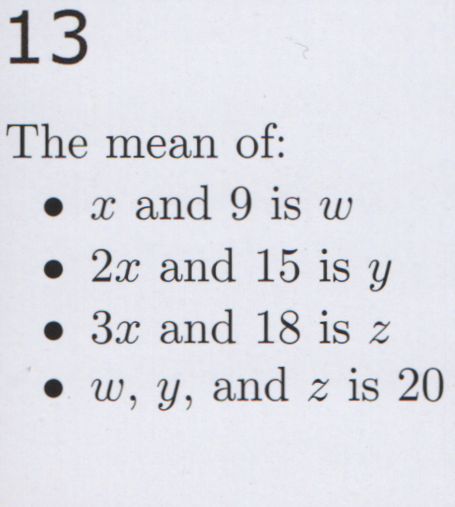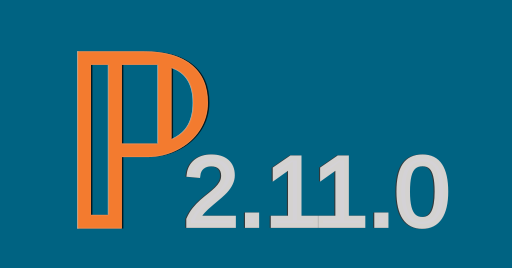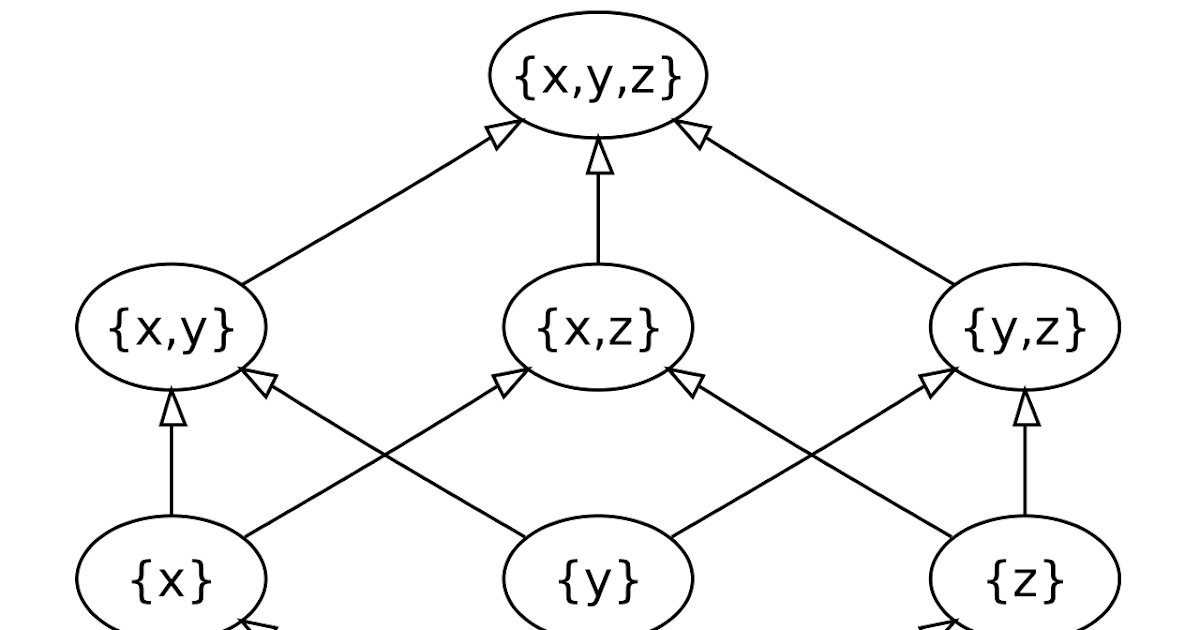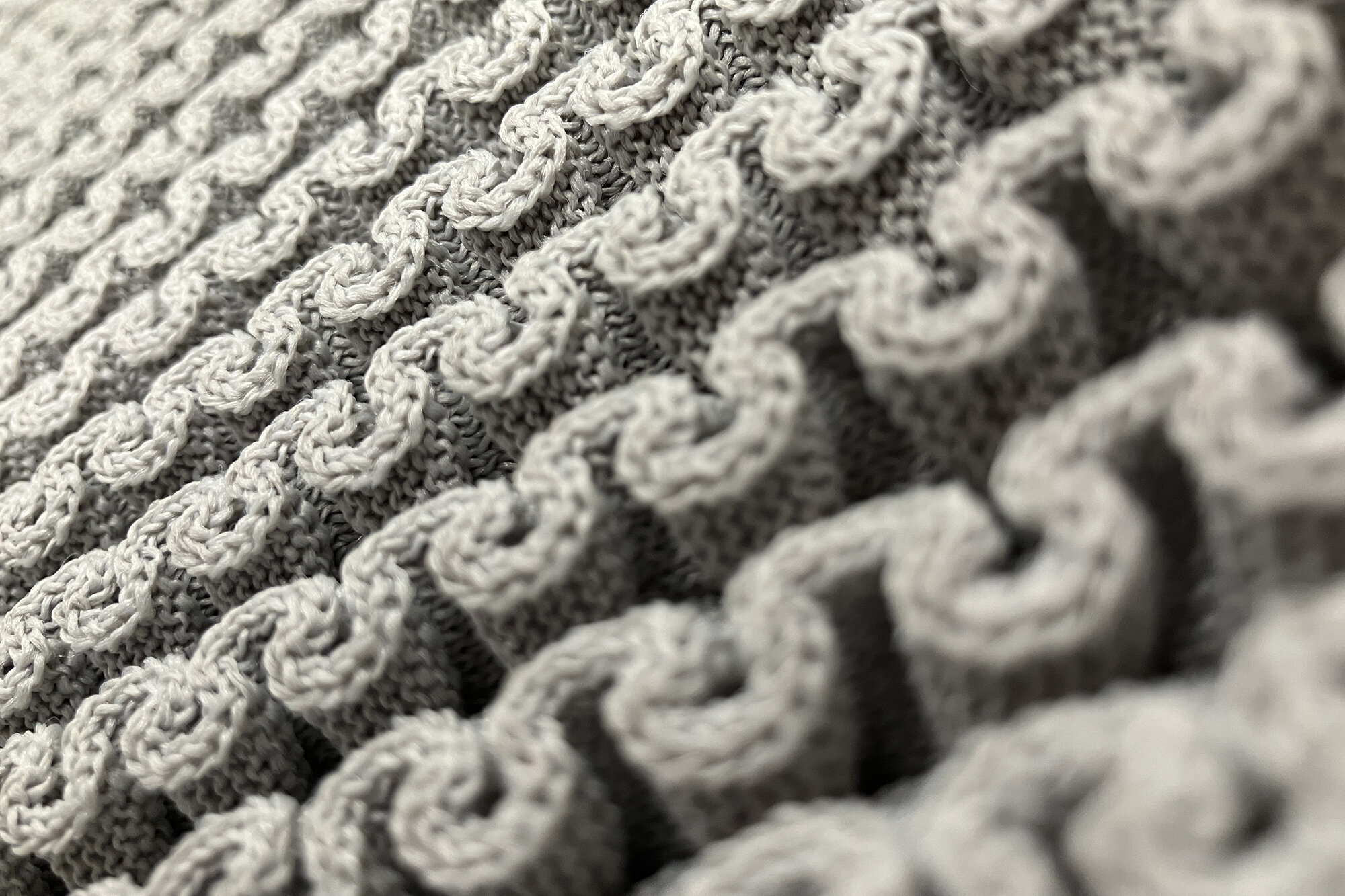@jayalane @onipa The only #TexLateX packages I used were xifthen and graphicx. I overrode the logarithm command, with some examples at the bottom. I'm sure there's an elegant way to handle the spacing when including the base in this notation, but at the moment I have a kludge where I insert negative space with \mkern-10mu in order to make it look correct.
This will not look correct if you're on #Mathstodon or any server with latex rendering. I'm not sure if there's a way to turn the formatting off in order for you to see just the source by default.
\documentclass{amsart}
\usepackage{graphicx, xifthen}
\providecommand{\flip}[1]{\scalebox{1}[-1]{}}
\renewcommand{\log}[2][]{
\ifthenelse{\isempty{#1}}{
\flip{\sqrt{\flip{#2}}}
}{
{}_{#1}\mkern-10mu\flip{\sqrt{\flip{#2}}}}
}
\begin{document}
\end{document}








